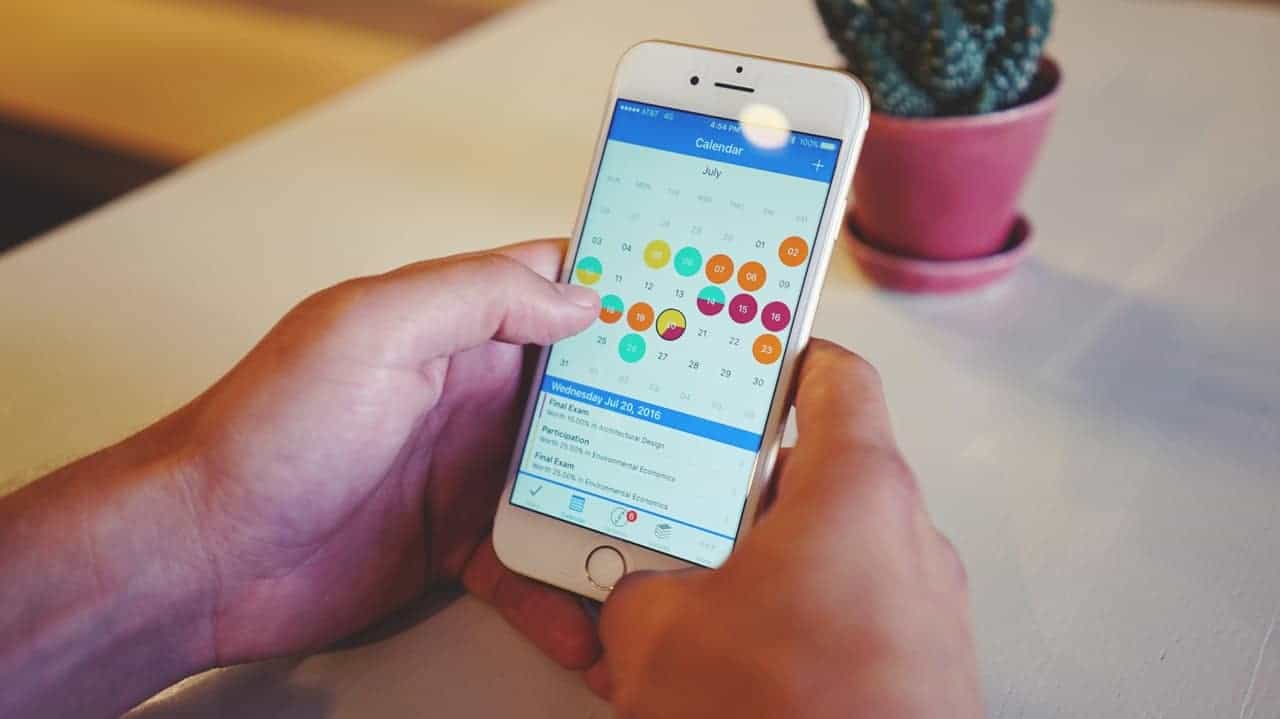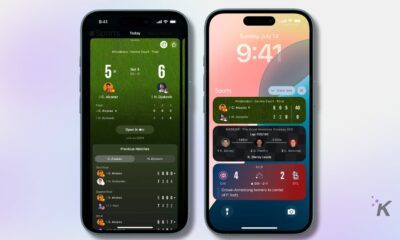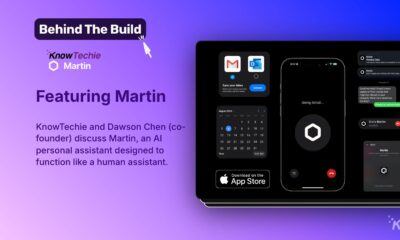Apps
The importance of usability in mobile apps
More and more, people and companies are turning to mobile apps as a way to share their businesses and make them more close to their users.

Just a heads up, if you buy something through our links, we may get a small share of the sale. It’s one of the ways we keep the lights on here. Click here for more.
More and more, mobile apps are everywhere, which really is not that surprising: there are now, in the world, more than four billion active smartphones. Moreover, the expectation is that, by 2020, that number will pass the 6.5 billion devices of this kind, representing 80% of the world’s population.
There are several new apps in Google’s Play Store and Apple’s App Store every day. Many applications, however, never achieve the desired success, and one of the main reasons for this is usability in mobile applications: users want intuitive options, and this fluidity in the interface is directly related to the design.
Users look for ease when it relates to using technology. That is, developing a user-friendly interface is the first step to have good acceptance. To make this experience truly remarkable for the users, everything must work flawlessly. Here are a few tips in order to ensure that happens.
Objectivity
Being direct and efficient is the minimum you expect from the software. Therefore, it is important to make sure an application performs well for the task for which it was designed. A good example is Google Chrome: its navigation bar, integrated with the search engine, is the only item we see when you open it – minimalist and functional.
Layout
The composition of colors and fonts should please the user from the get-go. Use space well, especially when you can offer useful information to the user. In general, developers think the client will understand the app and have a positive experience, but that is not always the case.
Therefore, when the user enters the app, it is crucial that he understands immediately how to move easily. Only then will he feel like coming back. It is, therefore, necessary to invest time to discover the best structure, instead of adding random buttons and links that do not make sense to the user.
Responsiveness and Interactivity
It is very unpleasant to open an application and it does not fit on the device screen. Try to make it always optimized for the major models available in the market (especially in the case of Android). Ideally, support both horizontal and vertical screen. While some application screens look better horizontally, the vertical option can be quite useful when you need to use the phone with only one hand.
Specificity
Stay focused on the main task of the application: it is better to do a task well than having a messy and inefficient Swiss Army knife. In addition, the more specific, the smaller its size – in addition to the barrier of space limitations of the devices, a lighter tool is loaded faster.
Apps that are built with these tips in mind will surely perform positively in terms of usability. Still, if there are still weak spots in your app, hire mobile app developers to bring the app up a notch and improve it as much as possible.































Trak Aff
June 6, 2024 at 6:23 am
Maximize your affiliate management potential with Trakaff – the reliable and advanced tracking software for CPA networks, affiliate networks, and e-commerce companies. Create, optimize, and scale your affiliate network with Trakaff.
https://trakaff.com